Did you recently move into a home with a fireplace, or are you considering installing one but aren't sure what the parts are called or what they do? Well, you've come to the right place. We've put together this guide to help you navigate your fireplace and learn all the parts and how they work.
Fireplaces consist of:
- Mantel
- Lintel
- Outer Hearth
- Inner Hearth
- Damper
- Cleanout Door
- Chimney Cap
You're probably wondering how each part functions and where these parts are located. And are all these parts necessary for the fireplace to work properly? Keep reading to learn all about the different parts and features of a fireplace.
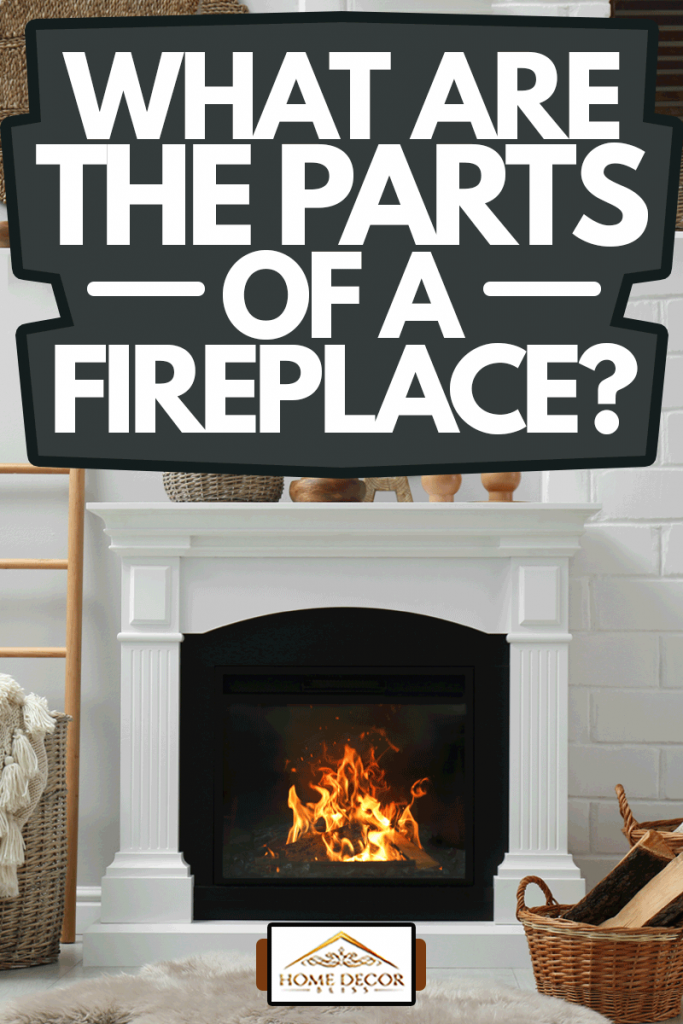
Why Is It Important To Know The Parts Of A Fireplace?
If you own or are considering adding a fireplace, it's essential to know the different parts of these structures and how they function. This will allow you to use and care for your fireplace properly. It also helps to know the correct terminology for different parts so you can communicate effectively with professionals if you ever need to have parts replaced or repaired.
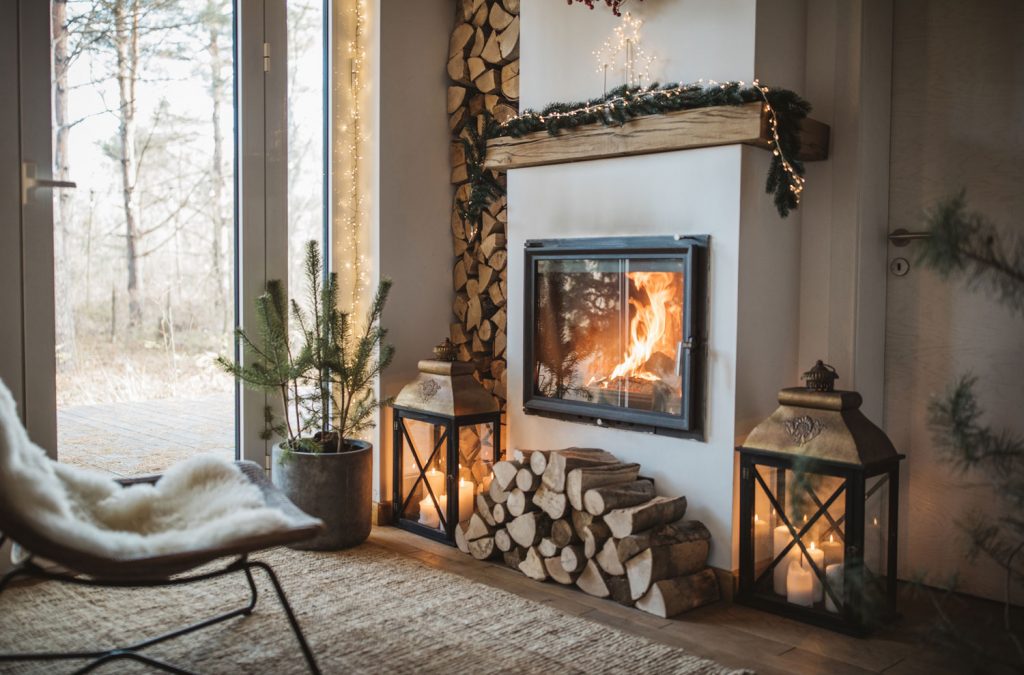
We may include affiliate links and curated AI content to highlight top design styles.
Mantel
The mantle is a shelf positioned above the hearth. It can also come as a unit built into the fireplace surround. It is most commonly used for display purposes and adorned with knick-knacks and other aesthetic items.
What Does The Mantel Do?
The mantels on modern fireplaces are simply decorative, but it served a vital purpose when it was developed in the middle ages. Like modern range hoods, the mantel directs smoke up the chimney preventing it from invading the home.
Master And Co. Floating Fireplace Mantel
This is the perfect addition to any fireplace that lacks an existing mantel. It is available in three different sizes and lengths to fit the needs of any home. It's 8-inches deep to accommodate plenty of decor and family photographs.
Click here to check this mantel out on Amazon.
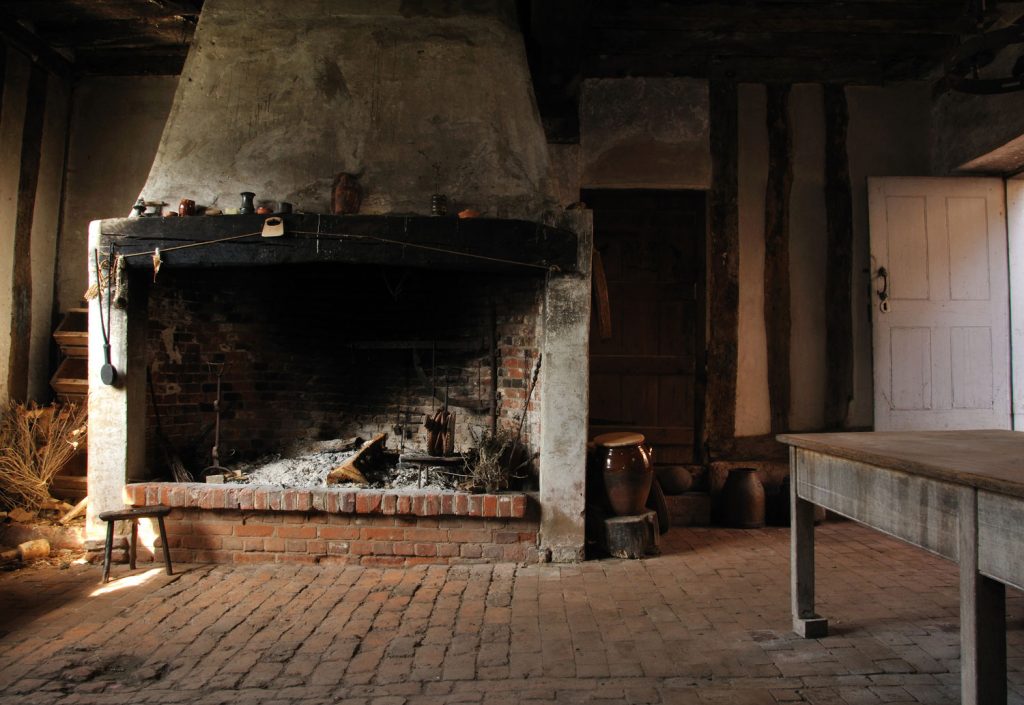
Lintel
The fireplace lintel is horizontal support above the main cavity of the fireplace. Lintels are made of wood, stone, metal, or brick and can be straight or arched.
What Is The Lintel For?
The Lintel provides a vital service by keeping the opening of the fireplace structurally sound. A lintel is integral to a fireplace, and if it becomes damaged, it will need to be repaired by a professional right away. Never use a fireplace with a broken lintel.
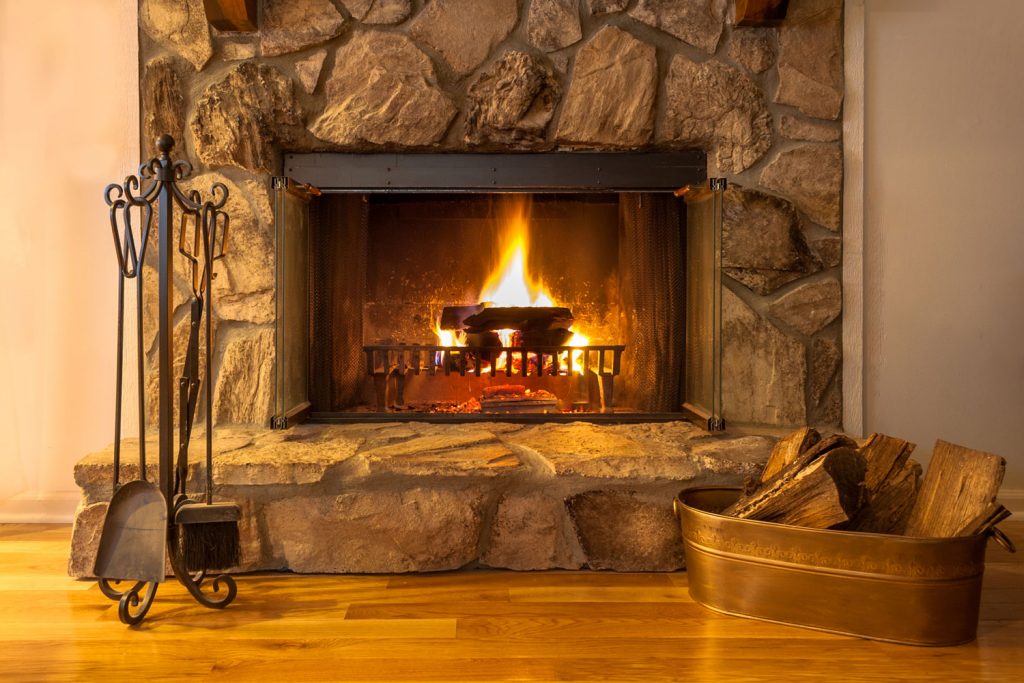
Outer Hearth
The outer hearth is the flat, floor-like portion of the fireplace that extends out into the room. It's made of thick stone or brick, and it can be decorated or used as a spot to store fireplace tools.
What Does The Outer Hearth Do?
It acts as a buffer between the fire and your floor, catching ashes and embers that may escape the fire. This part of the fireplace was often used to keep food and beverages warm in the past. Today the outer hearth is purely for safety in most homes, although the stone holds heat well to help heat the house after the fire has been extinguished.
Inner Hearth
The inner hearth is the floor of the fireplace's firebox, where the fire is built and burned. It is made out of the same material as the outer hearth and extends into the fireplace towards the wall.
What is The Inner Hearth For?
The inner hearth protects the floor and the rest of your home so you can build a fire safely. It also retains heat very well, prolonging the warmth of a fire.
Damper
The fireplace damper is a flat piece of metal located above the firebox inside the chimney. It acts as a vent and has a knob used to position it. The knob is located on the portion of the fireplace extending into the room, usually centered above the opening or sometimes on the side of the fireplace.
What Does The Damper Do?
The damper controls the flow of air and smoke moving through the chimney using a knob. The damper allows smoke and heat to travel out of the house when opened. When closed, it prevents heat and smoke from leaving the house.
Lindeman Replacement Damper Plate
This damper plate is 28.5-inches by 7-inches, a common size for fireplaces. The plate is solid steel with a nice black finish that will help hide soot.
Click here to see this damper on Amazon.
Cleanout Door
The chimney cleanout door is a metal door on the exterior face of the chimney. This door is usually located on the back of the fireplace in the neighboring room or the home's exterior. Not all fireplaces have a cleanout door.
What is the Cleanout Door For?
The cleanout door makes fireplace waste removal quick and easy. It allows you to remove all the debris from burning with less hassle and mess.

Chimney Cap
The chimney cap sits on top of the chimney on the home's exterior. The cap is metal and has a flat or peaked top above a wire cage. It is often decorative since it is visible from the home's exterior.
What Is The Chimney Cap For?
The chimney cap prevents water and drafts from entering your home through the fireplace. The wire around the cap prevents birds and other pesky critters from crawling into the chimney for a warm place to set up shop. They also prevent the risk of fire by trapping any hot ashes that may escape the flue.
VEVOR Chimney Cap
This adorable chimney cap comes in various sizes to fit any chimney. It offers excellent protection from the elements with its deep overhang, and its heavy-duty mesh prevents the most intrusive critters from making it in.
Click here to see this chimney cap on Amazon.
What Holds The Logs In A Fireplace?
Andirons and log grates are metal inserts used to hold logs in a fireplace. These items raise the logs off the ground, allowing for better air circulation, reducing the wood's smoke, and improving burning.
Amagabeli Round Log Grate
This log grate is an excellent option for any fireplace. It's available in six different sizes, so you'll be sure to find the perfect size for your fireplace.
Click here to check out this log grate on Amazon.
What Is The Difference Between A Damper And A Flue?
A damper is a metal plate inside the chimney that controls airflow through the flue. The damper is located just under the flue. The flue is the passageway that smoke travels up to get out of the home.
Should You Close The Damper On A Fireplace?
When the fireplace is not in use, the damper should always remain closed to prevent heat or air conditioning loss. The damper should remain open when a fire is burning to prevent smoke from building up inside the home.
What Is The Smoke Chamber?
The smoke chamber is a necessity for the safe operation of a fireplace. It has angled walls like a funnel that forces the smoke up and out of the home.
Why Is There A Hole In The Bottom Of My Fireplace?
If you've found a hole in the floor of your fireplace, you've found the ash dump. This hole makes cleanup more manageable by allowing you to scrape ash and debris directly into it. The hole opens into a small chamber that contains the fire waste and usually has a cleanout door for access.
Can The Ash Dump Be Covered?
Yes, you can purchase doors for your ash dump to cover the opening and prevent cold air from coming into the house. You can also use a flat sheet of metal or a large rock to cover it if you need an immediate solution.
VESTAL Cast Iron Ash Dump Door
This ash dump door is 4 1/2-inches by 9-inches and made to last. It has an easy to open design that allows you to dispose of ash and debris quickly.
Click here to see this door on Amazon.
Are Fireplaces A Good Way To Heat A Home?
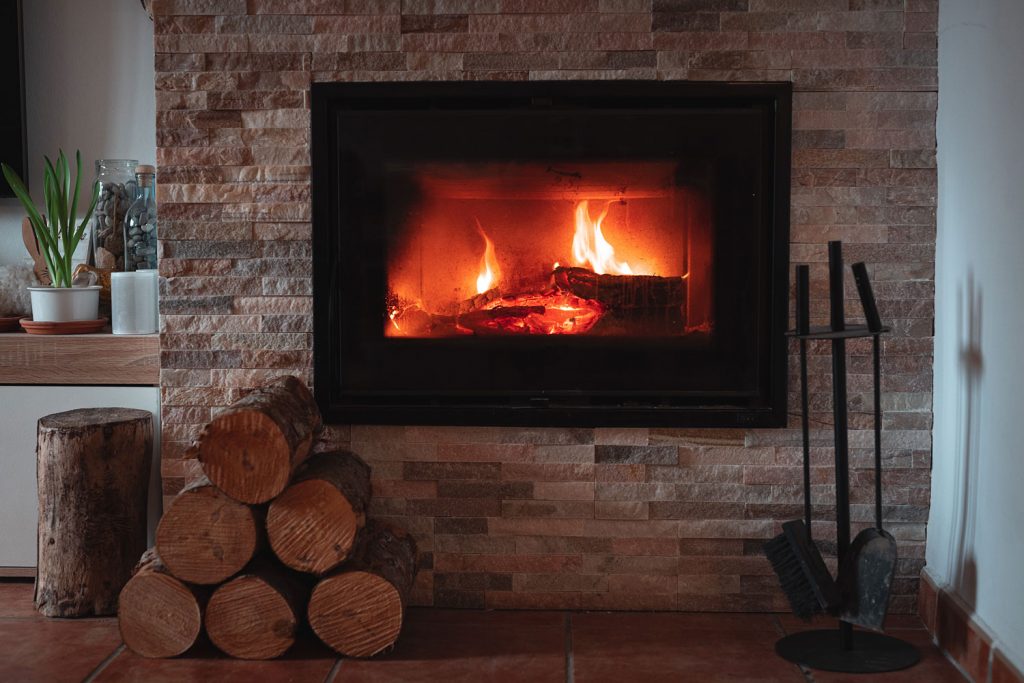
Fireplaces are a relaxing addition to any home, and they create an atmosphere of comfort, but how well do they heat? Wood-burning fireplaces tend to release more heat than they create, making them a less ideal option for whole-home heating. They are good at heating small areas, making them useful in emergencies.
Fireplace Aficionado
Now that you know each part of the fireplace and how they perform, you are ready to tackle any fireplace issues in your path. Make sure to use caution anytime you light a fire in your fireplace, and keep an extinguisher nearby. Good luck and have fun!
You May Also Enjoy
If you are thinking about adding a fireplace to your home and want some ideas, read our article "11 Living Room Layouts With A Corner Fireplace To Inspire You".
To learn more about fireplaces and their standard sizes, read our article "What Are The Typical Fireplace Dimensions?"








